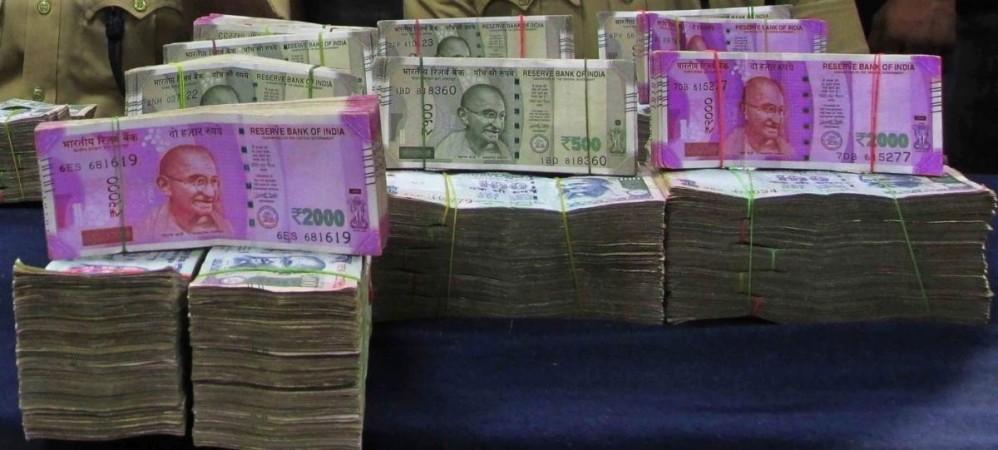
India's economy, currently the world's sixth-largest, has been under the global spotlight due to its fluctuating Gross Domestic Product (GDP) growth rate. This key economic health indicator has seen a series of highs and lows, keeping economists, investors, and policymakers on their toes. In the first quarter of FY25, India's GDP growth fell to a five-quarter low of 6.7%, according to government data. This slowdown was significant, especially considering that the country had been on a growth trajectory in previous quarters.
The decline in the farm sector, which recorded a 0.8% contraction, and a moderation in the services sector, particularly in trade, hotels, transport, and communication services, were key contributors to this slowdown. However, despite the slowdown, there are signs of resilience in the Indian economy. The manufacturing and construction sectors have shown promising growth, and there is potential for a rebound in the farm sector. The government's focus on digitalisation and public investments, particularly in infrastructure, has been a key driver of growth. However, private consumption remains a concern, with a widening gap between GDP growth and consumption growth. This has raised questions about the sustainability of growth without broader distribution of wealth. The need for a revival in private and Micro, Small and Medium Enterprises (MSME) investments is also a pressing issue.
International institutions like the International Monetary Fund (IMF) and Moody's have raised India's GDP growth forecast for FY25 to 7%, indicating optimism about the country's economic prospects. They have highlighted the role of public capital expenditure in driving growth and the importance of MSME investments. The World Bank expects India's growth to be 7.6% in 2023-24, acknowledging improvements in tax revenues and a focus on infrastructure. However, they also point to challenges like the widening gap between GDP and consumption growth. Government policies, including the Union Budget, have played a significant role in shaping India's economic outlook. The Budget has aimed at broadening the tax base and increasing indirect tax collections, while also introducing measures to boost manufacturing and digital transformation. The focus on infrastructure, such as construction and manufacturing, has helped maintain growth momentum.

Expectations include a continued push for public capital expenditure to stimulate growth, with hopes for a recovery in the farm sector and a pickup in private investments, particularly in MSMEs. The government's efforts to maintain a growth-friendly environment and address the challenges in consumption and export sectors are crucial for future prospects. India faces challenges in attracting Foreign Direct Investment (FDI), with concerns raised about the concentration of wealth and the need for more equitable distribution. FDI inflows have been lower, partly due to a perception of constraints in the business environment and the need for a more level playing field. The wealth distribution issue, as highlighted by political figures, suggests that economic growth is not translating uniformly into wider prosperity.
While India's economy has shown signs of resilience and potential for growth, it faces significant challenges. The government's policies and initiatives, along with the country's inherent strengths, will play a crucial role in shaping the future trajectory of the Indian economy. The journey towards becoming the world's third-largest economy by 2027, as forecasted, will require concerted efforts to address the existing challenges and capitalize on the opportunities. The country's economic trajectory will be shaped by its ability to navigate these challenges and leverage its strengths in the face of global economic headwinds.

















